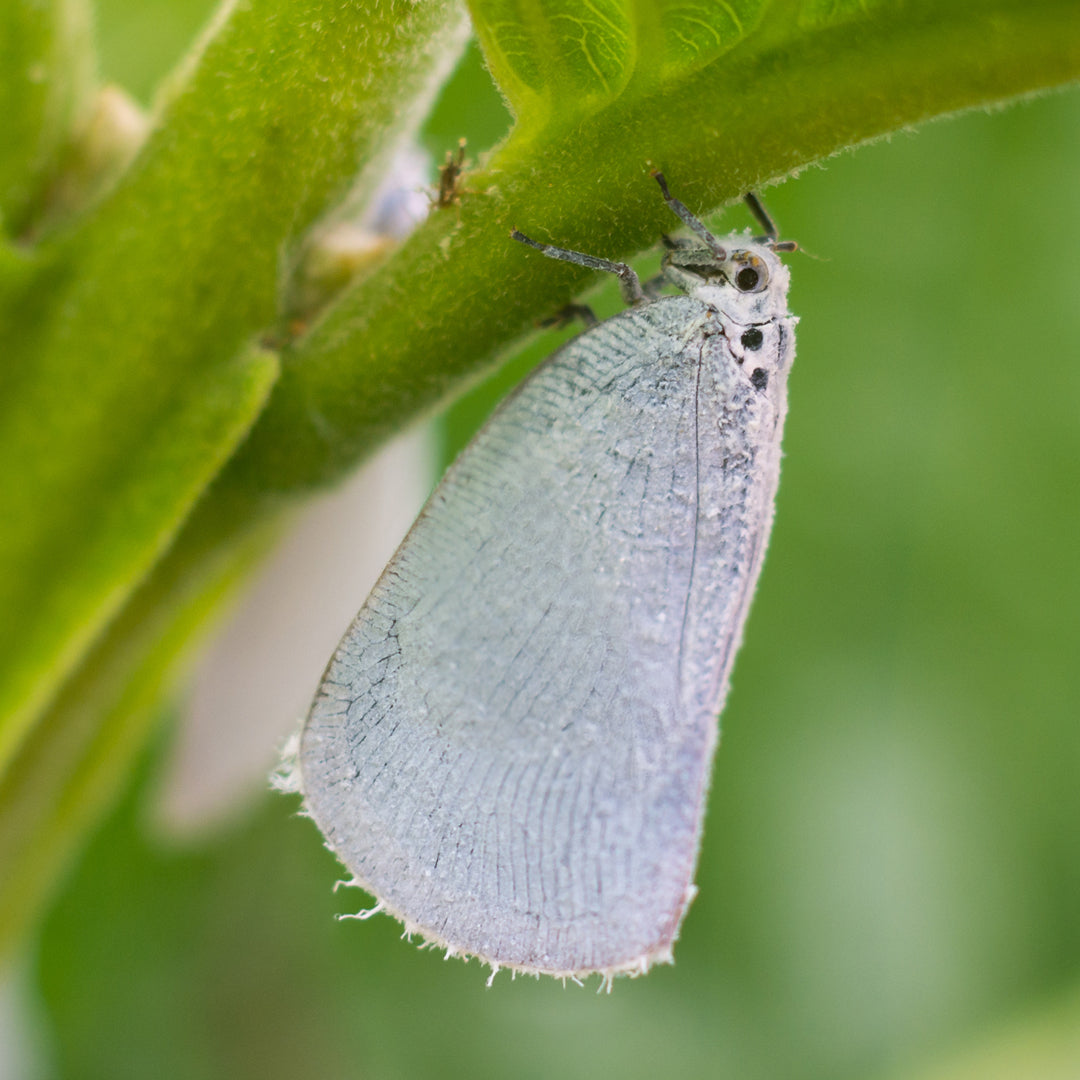
The Whitefly Invasion
Whiteflies pose a significant threat to the health and productivity of your chillies. These pesky insects can quickly infest your plants, causing damage and spreading diseases. To protect your precious chilli harvest, it's crucial to understand the nature of whiteflies, identify their presence, and take appropriate action to prevent and eliminate them. This comprehensive guide will equip you with the necessary knowledge and tools to ensure a bountiful chilli harvest, free from the grips of whitefly infestation.
The White Menace: Unveiling the Whitefly
Whiteflies, despite their name, are not actually flies but rather, belong to the Hemiptera order of insects. They are close relatives of aphids, scales, and mealybugs. These tiny, white, moth-like creatures are only about 1-2 millimetres in size, making them challenging to spot with the naked eye. Whiteflies are common greenhouse and garden pests, attracted to a wide range of plants, including chilli plants.
These insects are notorious for their rapid reproduction rate, with females laying up to 200 eggs in a single lifetime. Whiteflies have multiple overlapping generations throughout the year, making them a persistent problem for many New Zealand gardeners. Moreover, whiteflies are known carriers of viral diseases, which can further compromise the health and vitality of your chilli plants.
Collapsible content
Identification
Whiteflies, despite their name, are not actually flies but rather, belong to the Hemiptera order of insects. They are close relatives of aphids, scales, and mealybugs. These tiny, white, moth-like creatures are only about 1-2 millimetres in size, making them challenging to spot with the naked eye. Whiteflies are common greenhouse and garden pests, attracted to a wide range of plants, including chilli plants.
These insects are notorious for their rapid reproduction rate, with females laying up to 200 eggs in a single lifetime. Whiteflies have multiple overlapping generations throughout the year, making them a persistent problem for many New Zealand gardeners. Moreover, whiteflies are known carriers of viral diseases, which can further compromise the health and vitality of your chilli plants.
Prevention
Preventing whiteflies from invading your chilli plants is far more effective than attempting to eliminate an established infestation. Here are some prevention strategies to implement in your New Zealand garden:
- Choose resistant chilli varieties: Some chilli cultivars are more resistant to whiteflies and other pests. Research and select varieties known for their resilience.
- Practice good garden hygiene: Remove plant debris and weeds, which can serve as breeding grounds for whiteflies.
- Monitor plants regularly: Inspect your chilli plants frequently, particularly the undersides of leaves, for signs of whitefly infestations.
- Encourage beneficial insects: Attract natural predators of whiteflies, such as ladybirds, lacewings, and parasitic wasps, by planting a diverse range of flowers and herbs in your garden.
- Employ physical barriers: Use fine mesh netting or insect-proof screens to protect your chilli plants from whiteflies.
Natural Treatments
If whiteflies have invaded your chilli plants, take action immediately to minimise the damage. Here are some natural methods to eliminate whiteflies:
- Manual removal: Use a handheld vacuum ora soft brush to remove adult whiteflies and eggs from the undersides of leaves.
- Pruning: If an infestation is localized to specific parts of your chilli plants, prune away the affected leaves and branches. Dispose of them securely to prevent the spread of whiteflies.
- Neem oil: Apply neem oil, a natural pesticide, to your chilli plants. Neem oil can disrupt the feeding and reproduction of whiteflies, ultimately reducing their population.
- Insecticidal soap: Insecticidal soaps containing potassium salts of fatty acids can be an effective treatment against whiteflies. Be sure to follow the product instructions and apply the soap directly to the whiteflies for optimal results.
- Biological control: Introduce natural predators of whiteflies, such as ladybirds, lacewings, and parasitic wasps, to your garden to help control the infestation.
Chemical Treatments
When natural solutions fail to control a persistent whitefly infestation, you may need to resort to synthetic pesticides. However, exercise caution when using chemicals, as they can harm beneficial insects and pollinators.
- Systemic insecticides: These chemicals are absorbed by the plant and transferred to the sap, making them toxic to whiteflies. Examples include imidacloprid and acetamiprid. Follow the product instructions carefully and avoid overuse, as whiteflies can develop resistance to these chemicals.
- Contact insecticides: Contact insecticides, such as pyrethroids, kill whiteflies upon direct contact. Apply these products when whiteflies are most active, typically in the early morning or late evening. Be aware that these chemicals can also harm beneficial insects.
Whiteflies are a common and destructive pest for chilli plants in New Zealand gardens. By understanding their biology, learning to identify infestations, and implementing preventative measures, you can keep these pests at bay. If whiteflies do invade your chillies, consider using natural methods or synthetic pesticides as a last resort to control the infestation. Remember to monitor your plants frequently and act quickly to minimise the impact of whiteflies on your chilli harvest. With diligence and determination, you can protect your chilli plants from these persistent pests and enjoy a bountiful harvest.



